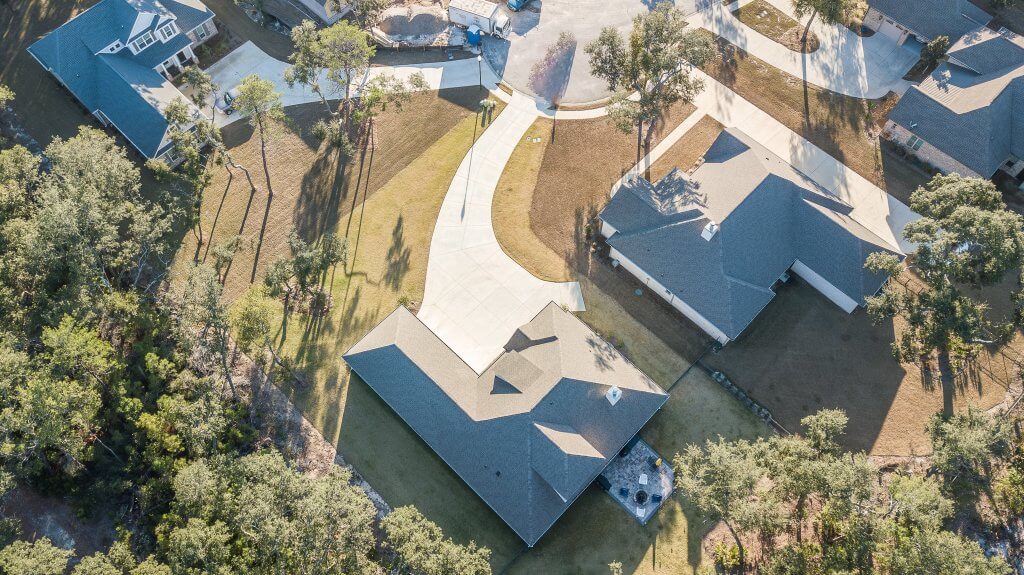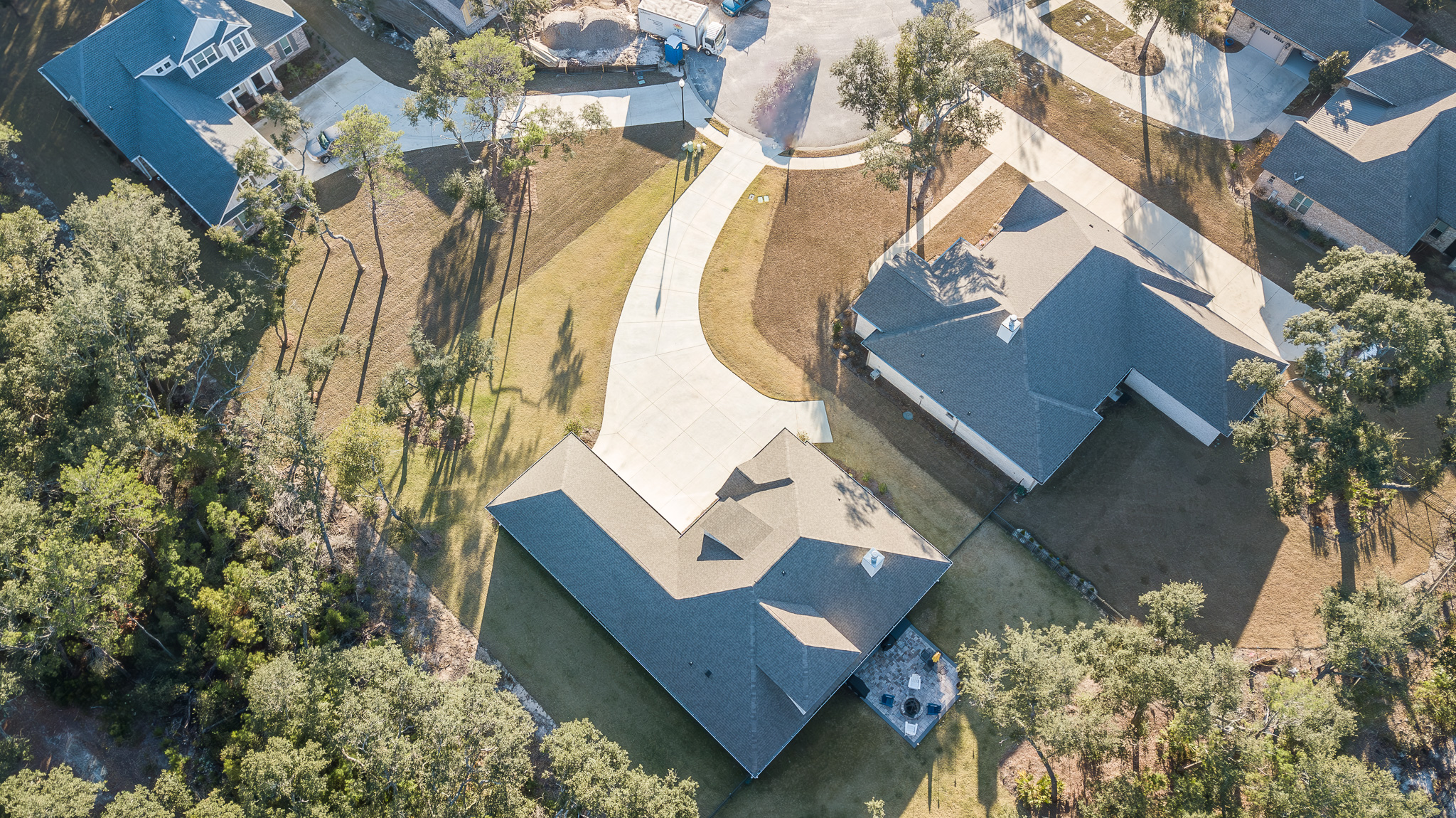Sod dormancy is a natural process that occurs in turfgrass during certain times of the year. It is a period of slowed growth and reduced activity in the grass, similar to hibernation in animals. Understanding sod dormancy is important for homeowners and landscapers to properly care for their lawns and make informed decisions about maintenance. Here are some key points to help you understand sod dormancy:

What is sod dormancy?
Sod dormancy is a state in which the turfgrass slows down its growth and metabolic activity. It typically occurs during colder months or in response to unfavorable environmental conditions such as drought or extreme heat. During dormancy, the grass may turn brown or lose its vibrant green color, but it is still alive and will resume growth when conditions become favorable.
Factors influencing sod dormancy:
Several factors can trigger sod dormancy, including temperature, day length, moisture levels, and nutrient availability. Cool-season grasses, such as Kentucky Bluegrass and Tall Fescue, tend to go dormant during hot summer months, while warm-season grasses, like Bermuda grass and Zoysia grass, may go dormant during colder winter months.
Benefits of sod dormancy:
Sod dormancy serves several important purposes for turfgrass. It helps the grass conserve energy during periods of stress, such as extreme temperatures or drought. Dormancy also allows the grass to allocate resources towards root development, which strengthens the overall health and resilience of the turf. Additionally, dormant grass requires less maintenance, such as mowing and watering, which can be beneficial for homeowners.
Caring for dormant sod:
While dormant, sod requires minimal maintenance. It is important to avoid excessive foot traffic or heavy activities on the lawn during this period to prevent damage to the grass. Watering should be reduced since dormant grass has lower water requirements. However, if there is an extended period without rainfall, it may be necessary to provide supplemental irrigation to prevent the turf from completely drying out.
Transitioning out of dormancy:
As weather conditions improve, the sod will naturally transition out of dormancy and resume active growth. This transition may be gradual, with the grass gradually regaining its green color and vigor. It is important to gradually increase watering and resume regular maintenance practices, such as mowing and fertilizing, to support the turf’s growth.
Understanding sod dormancy is crucial for maintaining a healthy and vibrant lawn. By recognizing the signs of dormancy and adjusting your lawn care practices accordingly, you can ensure that your turfgrass thrives during active growth periods and withstands periods of dormancy with minimal stress. Consulting with a local lawn care professional can provide valuable insights specific to your region’s climate and grass type.

